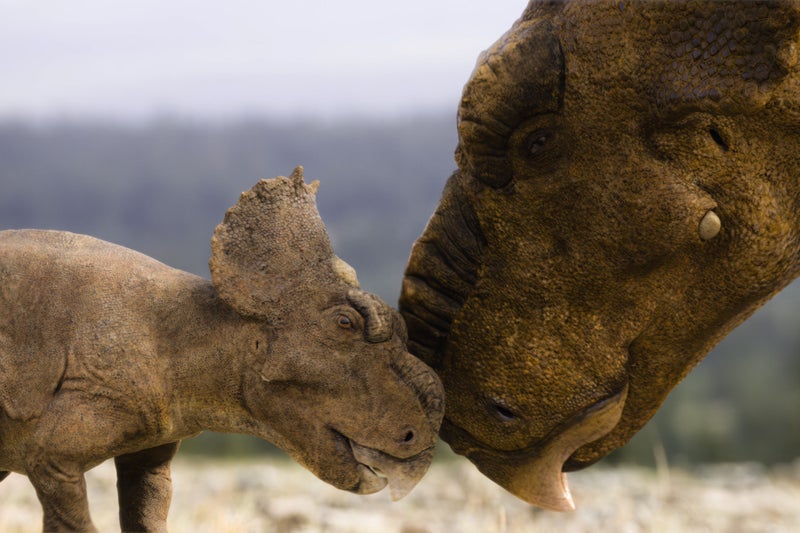Toadstool with teeth and ghostly palm among plant and fungus finds of 2024
Share:
Scientists race to discover new species before destruction of natural world drives them to extinction. From a toadstool with teeth to a vine smelling of marzipan and a flower that has cheated its way out of having to photosynthesise, a weird and wonderful host of new plant and fungus species have been discovered in 2024.
![[Red toadstool with white undercarriage in green foliage]](https://i.guim.co.uk/img/media/3091961ca38b20a89e4e1a3784ec9843468aaa7d/0_181_4000_2400/master/4000.jpg?width=445&dpr=1&s=none&crop=none)
Other plants given scientific names for the first time include beautiful new orchids, a ghostly palm and a hairy plant that appears to have stolen a gene from an unrelated family. The species are among the 172 new plants and fungi named by scientists from the Royal Botanic Gardens, Kew and their partners.
![[closeup of green plant with yellow tendrils]](https://i.guim.co.uk/img/media/50327255f3879e8e53bfb020bc6802d0110f31f2/59_0_2386_2387/master/2386.jpg?width=445&dpr=1&s=none&crop=none)
The species come from every corner of the globe, from woods near Tunbridge Wells in Kent in England, to African sandstone cliffs in Guinea and the forests of Indonesia. However, botanists are in a race against time to discover many plants and fungi before the continuing destruction of the natural world drives them to extinction. The loss of species does not only mean that their unique biology is gone forever, but also their potential for use as medicine, food and even as plastic recyclers. Some of the new species in 2024 already face extinction because of cement manufacturing, cinnamon farming and timber plantations.
![[Closeup of yellow flowers and green leaves]](https://i.guim.co.uk/img/media/33cbbebe392904a4b45f8aac82b8350b75d73446/0_61_1900_1139/master/1900.jpg?width=445&dpr=1&s=none&crop=none)
There are 400,000 named plant species but scientists estimate there are another 100,000 yet to be identified. Every year, scientists name about 2,500 new species of plant and the same number of fungi. “The sheer privilege of describing a species as new to science is a thrill that not many will ever get to experience,” said Dr Martin Cheek, in RBG Kew’s Africa team. “Sadly, the devastating reality is that more often than not, new species are being found on the brink of extinction and it’s a race against time to find and describe them all.”.
![[white and yellow flowers with a black moth]](https://i.guim.co.uk/img/media/ca7667840814e3e5da999d1a482996dab589f5f0/0_44_3840_4489/master/3840.jpg?width=445&dpr=1&s=none&crop=none)






















